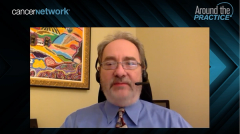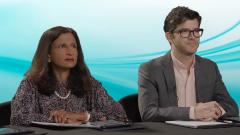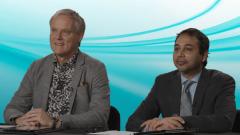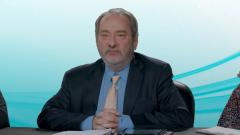
Induction Therapy in Transplant-Ineligible NDMM
A panel of expert oncologists consider treatment options for patients with NDMM that are transplant-ineligible.
Episodes in this series

Transcript:
Robert Z. Orlowski, MD: Let’s move on to transplant-ineligible patients. Cesar, give us an overview of some of the options for induction therapy.
Cesar Rodriguez, MD: There have been a lot of changes in terms of transplant-ineligible patients and how we’re going to manage these patients. We were used to doing melphalan for patients who weren’t going to go to transplant because we weren’t concerned about the ability to collect the stem cells. But since then, we have all these new agents. We have SWOG-S0777, which compared Rd [lenalidomide, dexamethasone] with VRd [bortezomib, lenalidomide, dexamethasone], showing that VRd [bortezomib, lenalidomide, dexamethasone] had a benefit in terms of the PFS [progression-free survival]. That became the new standard in people who were transplant ineligible.
Then the group from Boston [Massachusetts] and Wake Forest [University School of Medicine in Winston-Salem, North Carolina] started to do a spin-off of VRd [bortezomib, lenalidomide, dexamethasone] and VRd [bortezomib, lenalidomide, dexamethasone]–lite to see if that was better tolerated and had the same responses or was comparable. That’s something we’ve been adopting in our practice. Nowadays, with the anti-CD38s, we have the data of the MAIA study. That compared lenalidomide-dexamethasone vs daratumumab, lenalidomide, and dexamethasone, showing a benefit of adding daratumumab to this and a good option for transplant-ineligible [patients].
Transcript edited for clarity.
Newsletter
Stay up to date on recent advances in the multidisciplinary approach to cancer.





































































































